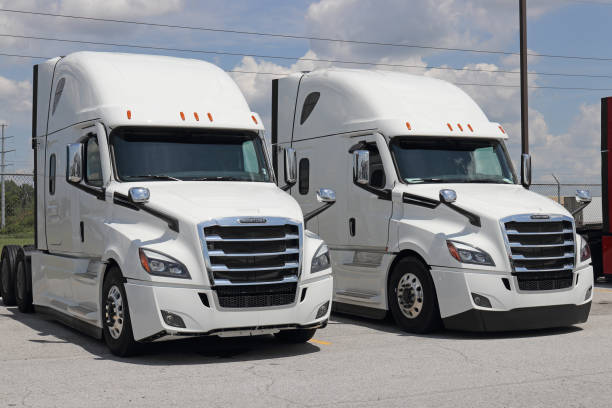Innovative Partnership Paves the Way for Low-Emission Propane Autogas Engines

In a groundbreaking collaboration between Stanadyne, Katech, and the Propane Education & Research Council (PERC), cutting-edge technology is set to propel the transportation industry closer to achieving zero emissions. This partnership promises to offer fleet owners an affordable, highly efficient, and environmentally friendly engine solution.
This innovative endeavor combines Stanadyne’s direct injection fuel pump and injector system with Katech’s vapor lock technology, resulting in the industry’s first medium-duty engine system capable of delivering propane autogas at a consistent 350-bar pressure directly into the engine. This achievement marks a significant milestone in the collective mission of these three companies to decarbonize the transportation sector.
The newfound engine technology effectively conquers vapor lock, a joint technical challenge encountered when liquefied gases vaporize, often causing interruptions in fuel pump operations. By resolving this issue, the technology enhances engine performance and efficiency. During a rigorous 250-hour performance and durability test, this combined system seamlessly powered a standard 6.6L GDI engine, confirming its compatibility with existing machines and positioning propane autogas as a low-carbon, high-performance alternative to traditional gasoline and diesel engines.
This remarkable advancement will enable fleet owners to meet and exceed the forthcoming ultra-low emissions regulations slated for 2027. Propane autogas boasts an impressive 96 percent reduction in harmful nitrogen oxide emissions and a notable five to ten percent decrease in carbon dioxide emissions compared to diesel. Moreover, this engine technology can harness renewable propane, which possesses a carbon intensity four times lower than conventional diesel fuel.
With this pioneering partnership, the transportation industry is on the brink of a sustainable and eco-conscious transformation, offering fleet owners an efficient and environmentally responsible alternative to conventional fossil fuels.














